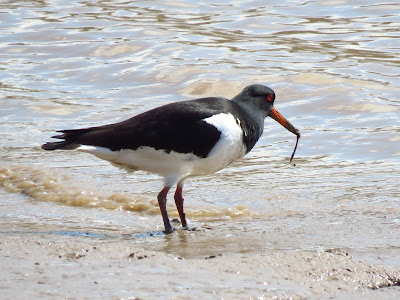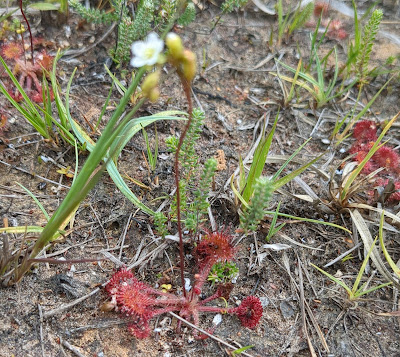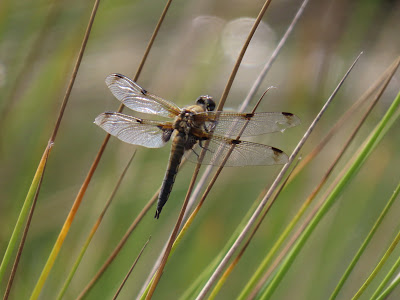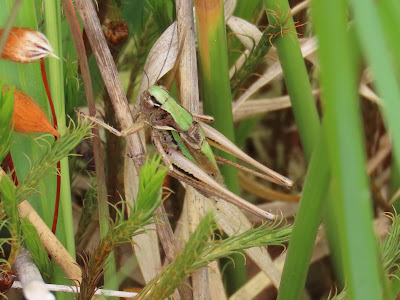I wasn't planning this walk in the morning, as I was going to walk the old course of the Foredyke Green to join Hull Nats at Wilberforce Wood. In the event, a Peregrine deflected my walk and sent me up the river Hull. The forecast had been for cloudy weather most of the day, instead, there were long sunny spells and warm conditions with a very light breeze, ideal for insects. The peregrine, on its favourite building, was plucking and eating its prey, probably a Feral Pigeon. I hid behind a fence, taking photos from between the bars. When it stopped feeding, it swiped its bill clean on the edge of the alcove, and looked around. After taking some photos I left it on its ledge and continued on my new path.
With such a high tide I thought I wouldn't risk it on the soft banks of the west side, so I walked on the East side. It a hard surfaced bank in its first stretch, with moorings and a short lane called Ferry Lane. Buddleias laden with sweet blossom dot the bank and there were a range of butterflies, manly nymphalids.
Just as I had taken this photo of the peacock a small bird flew past behind the buddleia and landed on a fence. A quick look with my binoculars and I got very excited: a Black Redstart! I managed some photos as it perched on the fence, likely an adult female. Would it be nesting nearby? It is peak breeding season for Black Redstarts, a species I hadn't seen in Hull since 2022 at Albert Dock, and also species 95 for my 100 birds in Hull challenge. The screeching noise of the cranes lifting metal of the scrapyard opposite grate against this lovely sighting, it couldn't be a more fitting habitat!
I continue up river until Sutton Bridge, then I head for Bude Park. Several tethered horses graze on the grassland. A new aquagreen has been created, and it looks like it was full in the winter, the field next to it bare but for a few scattered plants. I continue by ASDA into Wilberforce Wood.
I sit by the Foredyke Green Pond to have my packed lunch and do some dragonfly watching. The weather is perfect for it, and I list 8 species on the wing.
I meet up with Hull Nats after that and we walk in a circuit around Wilberforce Wood. There are many butterflies on the wing and Roesel's and Coneheads are calling.
Brimstone
































































